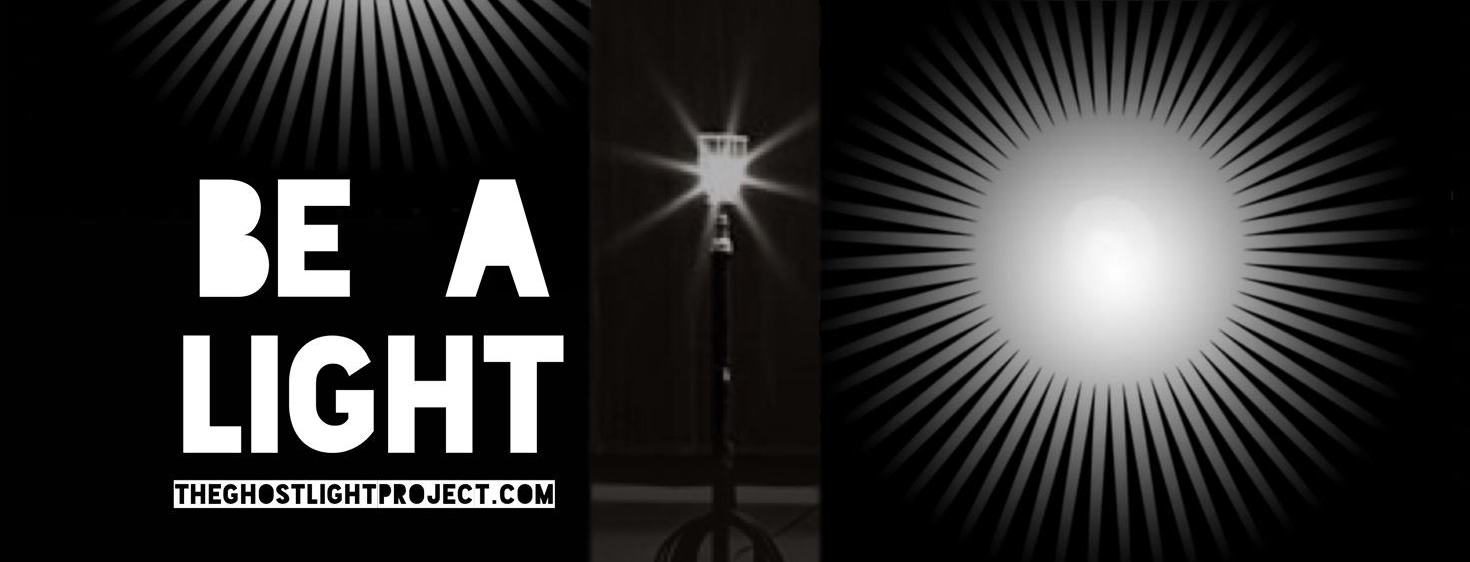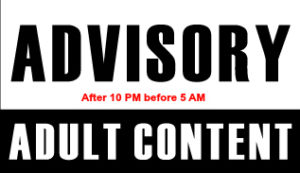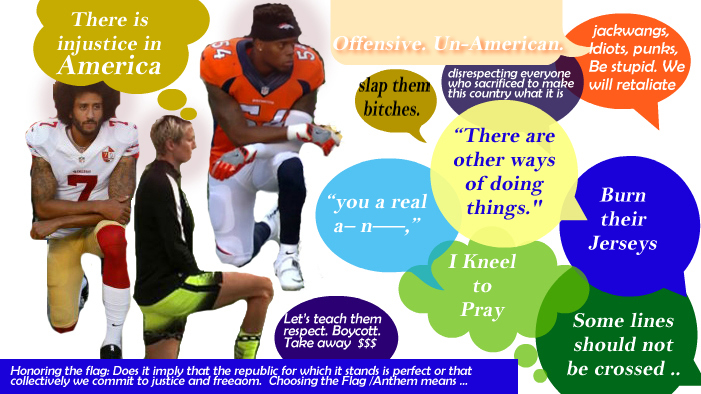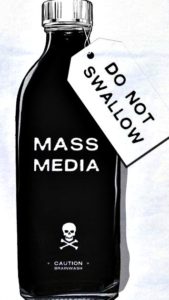
Extending an invitation to friends of WPAA-TV that are committed to
- Safety of persons, regardless of race, class, religion, gender, or sexual orientation.
- Diverse opinions, dissent, and argument are not only tolerated, but invited.
- Active listening and courageous exchange are fundamental values.
- Collective action, activism, and community engagement, both within and outside the walls of the theater, are cultivated, encouraged, and supported
On January 19, 2017 at 5:30 p.m. in each time zone across the country, members of the theater community will come together to launch the Ghostlight Project (previously The Sanctuary Project.) Gathering outside of theaters on the eve of the Presidential Inauguration, people will join in a collective, simultaneous action, together creating “light” for challenging times ahead. Inspired by the tradition of leaving a “ghost light” on in a darkened theater, these artists and communities will make a pledge to continued vigilance and increased advocacy with an ongoing commitment to work for social justice and equity in the coming years, serving these principles.
studioW within WPAA-TV will be ‘LIVE as TV ‘ for an hour of sharing by ‘ghost light’. Speaking poems, essays, prayers, monologues. Voice participants will be from Wallingford/Wallingford gatherings/groups. If you can not attend but have heartfelt words to share – we will find someone to represent you.
Note: Threats to 501 (c) 3 status have already happened. Per IRS for an organization to be tax-exempt under section 501(c)(3) it cannot “participate in, or intervene in (including the publishing or distributing of statements) any political campaign on behalf of (or in opposition to) any candidate for public office.” etc.





